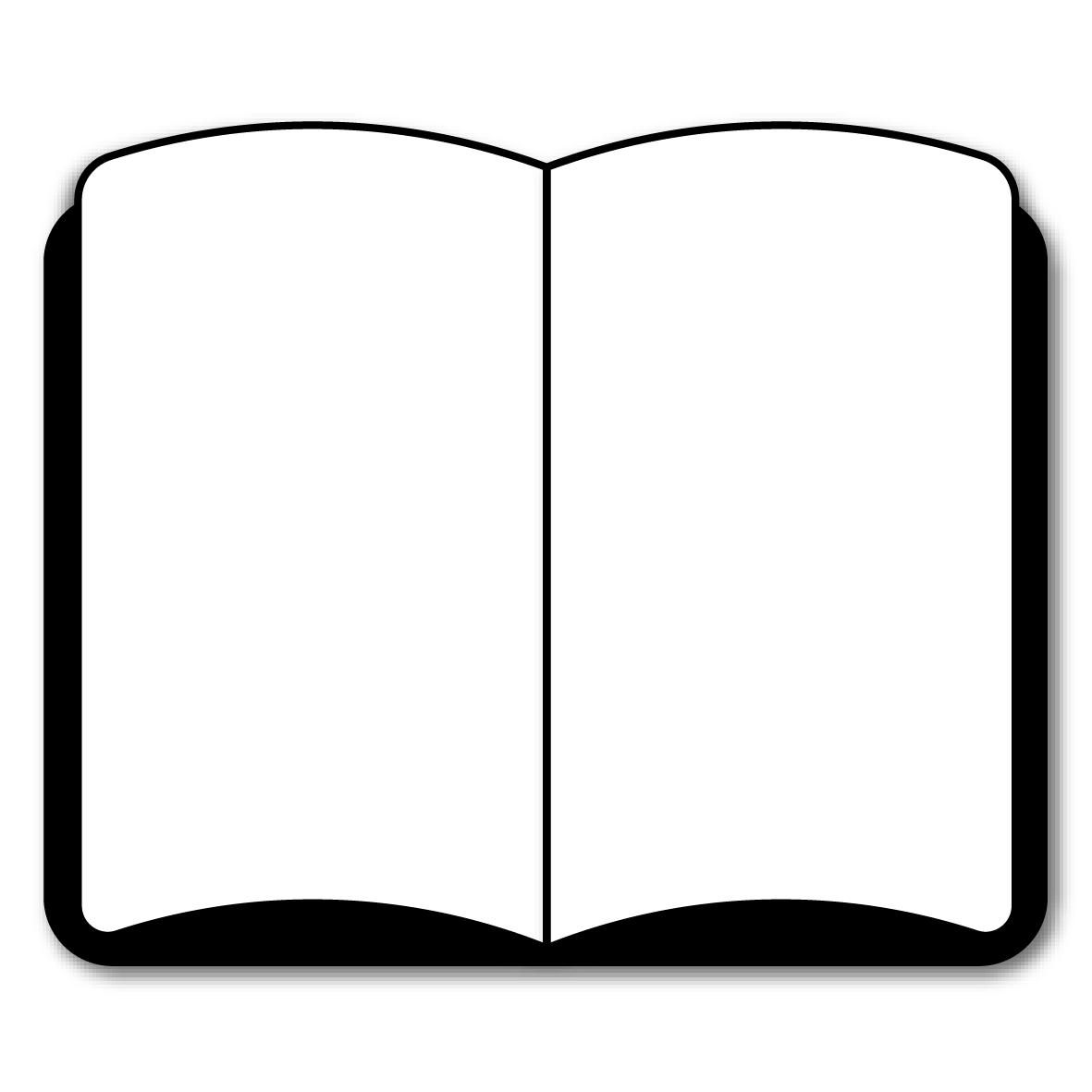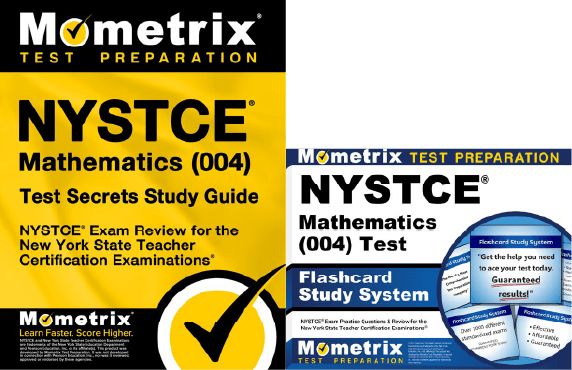If you need help studying for the NYSTCE Mathematics test or just want some more information about what the test is like, you’ve come to the right place.
Click below to take a free NYSTCE Mathematics practice test!
Exam Eligibility
In order to take the NYSTCE Mathematics test, you must be enrolled in a state teacher education program or seeking teacher certification.
What’s on the Exam?
There are 91 questions on the exam, which are grouped into seven competencies, and the time limit is 3.5 hours. If you really have to, you can take unscheduled restroom breaks. Your exam time will not stop, however, so it’s recommended that you go before your exam begins (even if you don’t have to go then).
The questions are split into two types:
90 questions
Selected-response questions require you to select the correct answer from a list of options. Multiple-choice questions are the most common example, but you may also see true-or-false questions and “matching” questions, which ask you to match terms or concepts with their definitions.
Constructed-Response (CR)
1 question
The constructed-response question requires you to write your answer instead of selecting from a list of choices. Your response to this question is generally expected to be at least a few sentences, but you’ll be given specific details and instructions before you take the test.
It’s important to note that some questions on the test will not count toward your score.
The unscored questions on the test are called “pretest” questions. These are added to the exam to determine if they’re good enough questions to add to future versions of the test.
The trick is that you won’t have any way of knowing which questions are scored and which ones are pretest. They will appear just like the scored questions throughout the test.
Let’s take a closer look at the seven competencies on the exam.
1. Number and Quantity
9 questions (SR)
- Rational numbers
- Radicals
- Quantitative reasoning
- Properties of real numbers
- Complex numbers
- Factoring and solving quadratic equations
- Vector quantities
- Properties of matrices
- Abstract algebra
2. Algebra
23 questions (SR)
- Rates and proportional relationships
- Equivalent expressions
- Structure of expressions
- Polynomials
- Simplifying polynomial expressions
- Rational expressions
- Linear equations and inequalities
- Quadratic equations
3. Functions
19 questions (SR)
- Function notation
- Functional relationships
- Analyzing and building functions that model relationships between two quantities
- Comparing and contrasting linear, quadratic, and exponential functions
- Analyzing trigonometric functions
- Modelling periodic phenomena with trigonometric functions
- Logarithmic and exponential functions
- Proving and applying trigonometric identities
4. Calculus
17 questions (SR)
- Limits
- Interpreting derivatives and definite integrals as limits
- The fundamental theorem of calculus
- Differentiation and integration
- Power series
- Graphs of functions
- First order differential equations
5. Geometry and Measurement
17 questions (SR)
- The Pythagorean Theorem
- Rotation
- Reflection
- Translation
- Analyzing geometric constructions
- Applying right triangle trigonometry to solve problems
- Translating between geometric descriptions and equations for conic sections
- Proving simple geometric theorems algebraically
- Relationships between two-dimensional and three-dimensional objects
- Area and volume formulas
- Non-Euclidean geometry
6. Statistics and Probability
11 questions (SR)
- Summarizing and representing data on a single count or measurement variable
- Summarizing and representing data on two categorical and quantitative variables
- Interpreting correlation coefficients for linear models
- Correlation and causation
- Evaluation of statistical experiments
- Random processes, variables, and probability distributions
- Independence and conditional probability
- Rules of probability
- Expected value
7. Pedagogical Content Knowledge
1 question (CR)
How to Register
To get started with your registration, you’ll need to create an account through NYSTCE’s website. Next, you need to complete and submit an application and payment for registration (the exam costs $122).
The exam is administered most weekdays year-round (except holidays, and it depends on available appointments and testing centers). There are a limited number of seats on each date, so you’ll want to schedule your exam as far in advance as you can.
NYSTCE Scores
The test is scored using a scaled scoring method. Here’s how it works:
For every question you answer correctly, you get one point added to your raw score. At the end of the test, your final raw score will be converted to a scaled score. This scaled score will range somewhere between 400 and 600. The selected-response and constructed-response questions are scored separately, then combined to find the total score.
The reason your raw score is converted to a scaled score is because everyone who takes the test is given a slightly different set of questions. Since everyone has a different arrangement of questions, and because some questions are harder than others, converting your raw score to a scaled score ensures a more even playing field.
You will receive your score 1-3 months after your testing date (at the latest). Your score report date is based on when your test date is, and the score will come out at 10:00 pm that night.
Retaking the Exam
In the event you fail the exam, you can take it again! You’ll have to wait 60 days after your initial testing date, at which point you can register and pay again, study in the meantime, and ace the test.
If you fail it this time too, guess what? You can retake it again, and again, and again until you pass!
FAQs
How many questions are on the NYSTCE Mathematics exam?
The exam contains 91 questions.
What is the time limit for the NYSTCE Mathematics exam?
The exam is timed at 3.5 hours.
What is the passing score for the NYSTCE Mathematics exam?
You’ll need to get a final score of 520 or higher to pass the exam.
How much does the NYSTCE Mathematics exam cost?
The exam fee is $122.
NYSTCE and New York State Teacher Certification Examinations are trademarks of the New York State Education Department and Pearson Education, Inc. or its affiliate(s). This page was developed by Mometrix Test Preparation. It was not developed in connection with Pearson Education, Inc., nor was it reviewed, approved or endorsed by these agencies.



 NYSTCE Study Guide
NYSTCE Study Guide NYSTCE Flashcards
NYSTCE Flashcards